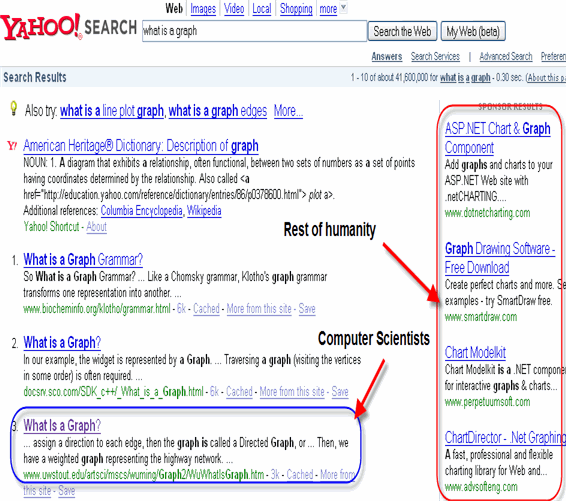A friend of mine is in Barcelona. I remembered a great restaurant I went to and the review I wrote. While searching for the review I found something else I wrote 6 years ago;
Hype is like cancer that spreads until it obliterates all facts in their wake.
Currently the Google word processor is being hyped as the alternative to using MS Word.
About two years ago I tried to use Open Office. MS Word was going to cost me an arm and a leg and I had every incentive. A month of painful struggle and irritation at what was an inferior and ultimately unusable product as compared to MS Word, I shelled out the big bucks.
Google Docs is an impressive piece of web software, and certainly superior to wordpress’ text editor widget. However, I am pretty sure, that I prefer using MS Word if I ever have to write any document.
Nonetheless, this document was written using google doc.
My next task is to see if I can get MS Word to publish directly to my blog….
And for the record, Open Office was far more usable.
It’s 6 years later, and it’s painfully obvious that Google Docs is the alternative to MS Office products.
One of the interesting side effects of being disrupted is that you can stare at the disruption and it.
Google Doc’s was clearly a primitive version of MS Office, but it was good enough for some tasks and it was cheaper and simpler to manage than MS Office. Use Google Docs and you don’t need shared storage, license keys, a Microsoft deal etc.
What I didn’t understand 6 years ago was how computers and infrastructure were becoming free. As the cost per user declines, it becomes possible to offer a service for free for most people and charge a small number of people a small amount of money and still come out very much ahead.
Google Doc and SaaS is the destroyer of traditional IT and the vendors that support it. The process may take time, but it is a tidal wave of destruction that will leave new players in its wake.
The arrow of time moves forward and now I find myself practically never using MS Office because Google docs are free and easy to use. Sure I can’t write everything I want in them, but I don’t care.
tl;dr The latest laptop I bought does not have Office installed because I prefer to use Google Docs.


